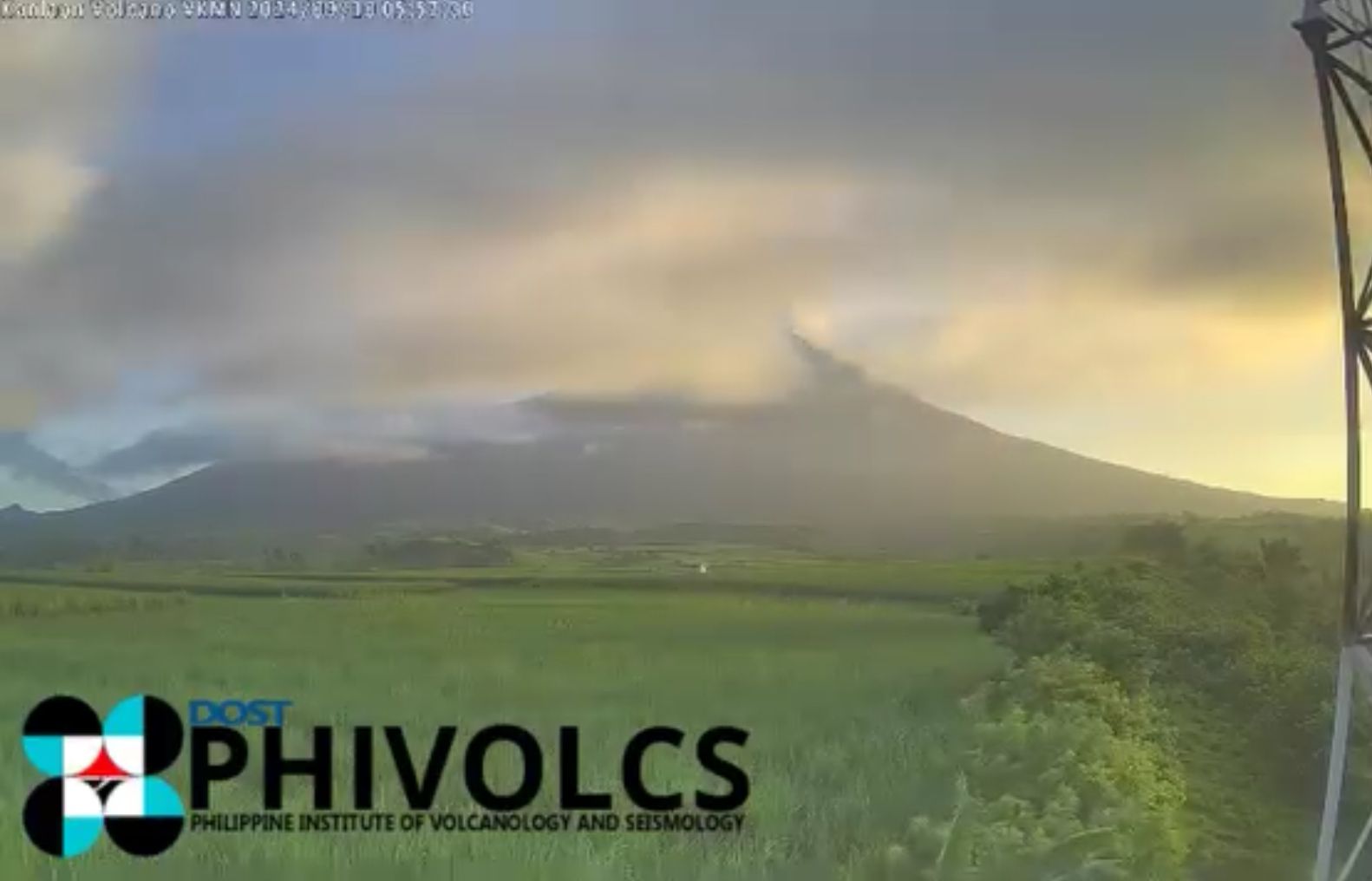Kanlaon Volcano records fewer earthquakes; sulfur dioxide emissions still elevated

The Philippine Institute of Volcanology and Seismology (Phivolcs), in its 24-hour monitoring report issued on Friday, Sept. 13, recorded 17 earthquakes at Kanlaon Volcano, down from 79 the previous day.
Meanwhile, sulfur dioxide emissions were slightly lower than the record-high 11,556 tons reported on Sept. 11, but still high at 10,880 tons on Sept. 12.
Phivolcs’ previous bulletins noted that Kanlaon has been emitting increased concentrations of volcanic SO2 this year, averaging 1,273 tons per day before the June 3 eruption.
Since then, emissions have been particularly elevated, with an average of 3,565 tons daily.
Alert Level 2 in effect
Phivolcs said the ongoing volcanic activity shows the possibility of further unrest, which could lead to a higher alert level.
It added that Alert Level 2, indicating “increasing unrest,” is still in place for Kanlaon Volcano.
Residents are urged to remain vigilant and avoid the four-kilometer-radius permanent danger zone to reduce the risk of volcanic hazards, such as pyroclastic density currents, ballistic projectiles, and rockfalls.
In case of ash fall affecting communities downwind of Kanlaon Volcano, Phivolcs advised individuals to protect themselves by covering their noses and mouths with a damp cloth or dust mask.
Civil aviation authorities are asked to inform pilots to avoid the volcano’s summit to prevent hazards from volcanic ash and fragments.
Likewise, communities near river systems on Kanlaon Volcano’s southern and western slopes, particularly those previously affected by lahars and muddy streamflows, are advised to take precautions if heavy rain is expected or begins.